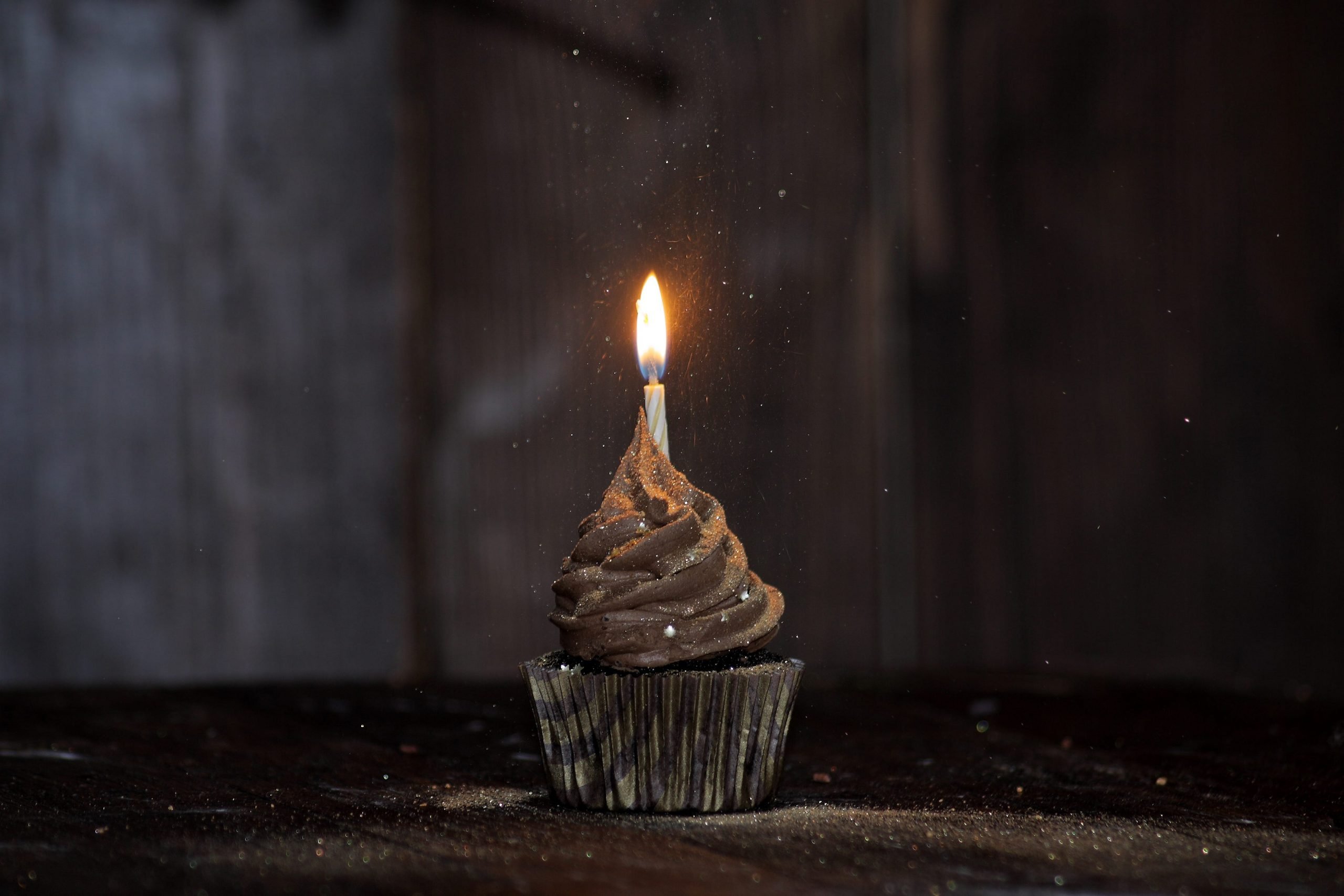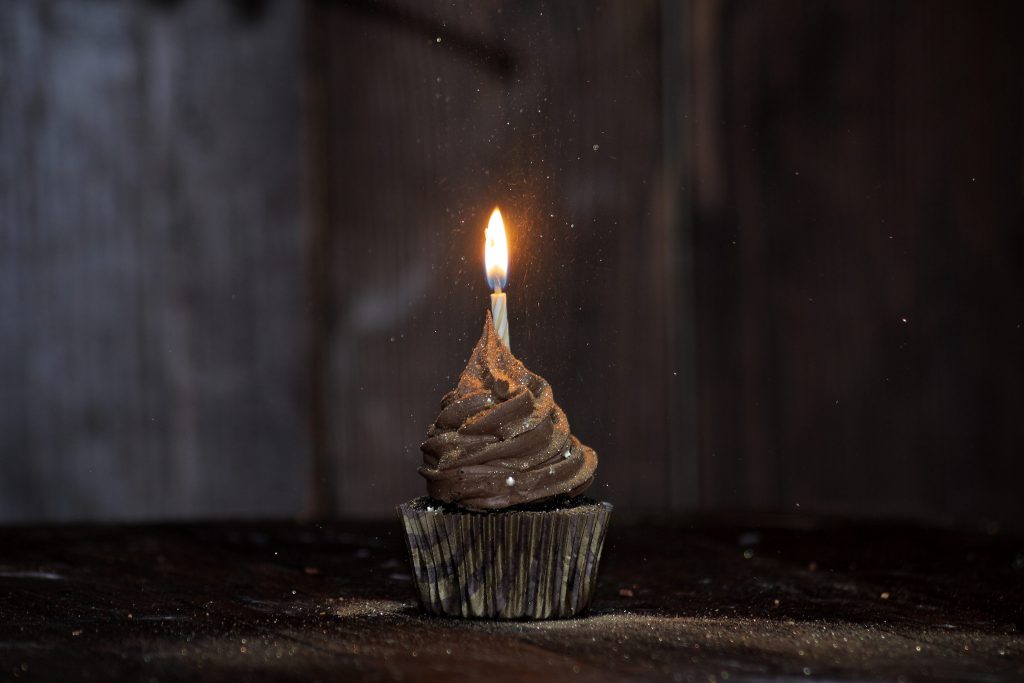
arina7/Getty Images
- At least seven cases of heavy metal poisoning have been linked to birthday cakes in recent years.
- The CDC just released a report about six kids who got upset stomachs after eating a cake dusted with copper-rich powder.
- Separately, a one-year-old child was exposed to high levels of lead in their own birthday cake.
A Rhode Island birthday party ended in vomiting and diarrhea for six young children who ate a cake sprinkled with inedible rose gold luster dust, according to a new CDC report.
The cake, ordered from a local bakery, was painted with a thick layer of the glittery powder mixed with butter extract. However, the state health department found that the dust was labeled "non-edible" and contained excessive amounts of copper.
Each slice of cake had nearly 900 milligrams of copper in the frosting, which is 1000 times the recommended daily allowance according to the US Department of Health and Human Services. Most of the kids who got sick recovered within 10 hours, but one child went to the emergency room for treatment.
Unlike edible glitter, luster dusts meant for decoration only are not legally required to include a list of ingredients on the label, the Centers for Disease Control and Prevention wrote in a Morbidity and Mortality Weekly Report Thursday. The dust in question was marked as "non-toxic," but that does not mean it is safe to eat.
The CDC report detailed two separate instances of heavy metal poisoning related to birthday cakes: the six cases in Rhode Island, which occurred in October 2018, and a separate case identified in Missouri in May 2019.
The RIDOH investigated the bakery that sold the copper-laden cake, and it found 28 other luster dusts that contained elevated levels of various metals. Visits to additional bakeries revealed widespread use of similar materials. The health department concluded the contamination was accidental and issued updated guidance for reading luster dust labels.
A separate jar of cake coloring was found to contain high levels of lead
In Missouri, a one-year-old child was exposed to lead in their own birthday cake in May 2019.
The homemade cake was adorned with yellow and pink flowers tinted with a "primrose petal dust." A Florida vendor marketed the dust as a nontoxic option for decorating baked goods, but it was found to contain 250,000 ppm (25%) lead.
There's no safe level of lead for children, experts have told Insider. The heavy metal is especially dangerous to developing brains, and significant exposures can lead to difficulties with learning, attentiveness, hearing, and speech.
The CDC uses a blood lead reference value of 5 micrograms per deciliter (µg/dL) to identify kids with blood lead levels that are "much higher than most children's levels." The young toddler who consumed the cake had 12 μg/dL of lead in their blood, which prompted an investigation that found the contaminated color dust.
The Missouri Department of Health and Senior Services warned consumers via press release to throw out any food products dusted with the powder and to avoid using it on food going forward.

